| Module 1 | Electronic health records (EHR) introduction |
Unit 1
|
Unit 2
| |
|---|---|---|---|---|
| Module 2 | Making the value case |
Unit 1
|
Unit 2
|
Unit 3
|
| Module 3 | Clarifying legal and policy issues |
Unit 1
|
Unit 2
|
Unit 3
|
| Module 4 | Forming partnerships |
Unit 1
|
Unit 2
|
Unit 3
|
| Module 5 | Analyzing clinical data and workflows |
Unit 1
|
Unit 2
|
Unit 3
|
| Module 6 | Analyzing technical options |
Unit 1
|
Unit 2
|
Unit 3
|
| Module 7 | Implementing data exchange |
Unit 1
|
Unit 2
| |
| Module 8 | Optimizing data quality and use |
Unit 1
|
Unit 2
|
Unit 3
|
| Module 9 | All toolkit downloads |
Unit 1
|
The supplemental information is very important to review prior to using this toolkit. They lay the groundwork for many of the decisions you will make in EHR planning.
Tool downloads
Accessing EHR data for surveillance
This overview of EHR data retrieval models offers an overview of essential concepts of accessing EHR data.
Deciding scope for an EHR project
Both a singular, focused approach and a longer-term, broad-scope approach are valid pathways when undertaking an EHR-based surveillance undertaking. This resource provides information on different scope options.
Understanding modern surveillance models
The federated query model offers an approach to surveillance that could signal the future of public health surveillance.
Academic resources on using EHR data for surveillance
This comprehensive literature review curates a collection of research articles on using EHR data for surveillance.
Understanding barriers to surveillance implementation
This issue brief summarizes some of the core issues and challenges present when implementing a surveillance system that uses EHR data.

